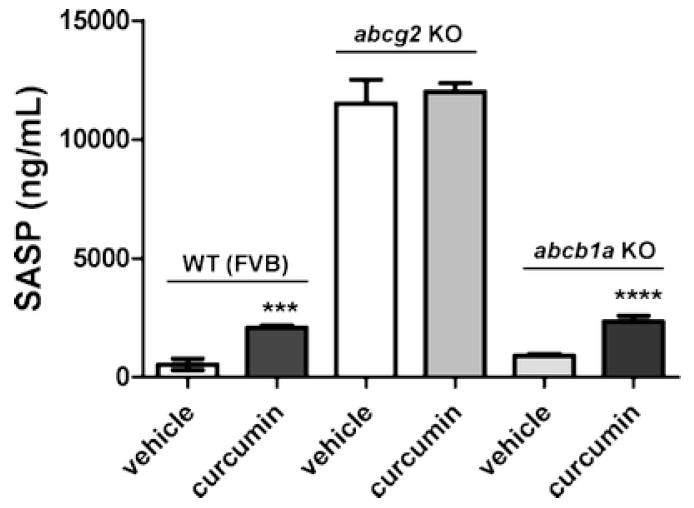Figure 4. Effect of curcumin on the plasma concentration of sulfasalazine in abcb1a, and abcg2 knock-out mice.

All animals were treated with a single oral dose of curcumin (400 mg/kg) for 1 hour followed by a single oral dose of sulfasalazine (20 mg/kg). At a pre-determined time point (90 minutes), mice were anesthetized with isoflurane, and blood samples were obtained by cardiac puncture and transferred to heparinized tubes. The samples were centrifuged immediately at 3000 ×g for 15 min, and plasma was collected and stored at -80°C until the time of LC-MS/MS analysis. N=5/treatment. Data reported as mean ± SD. Two way ANOVA was used to compare the effect of curcumin versus vehicle on SASP absorption in wild type (FVB), abcg2-/- (abcg2 KO), and abcb1a-/- (mdr1a KO) mice. Using Bonferroni’s post-hoc test, the effect of curcumin pretreatment significantly increased SASP concentration in the wild-type (P<0.001) and mdr1a (abcb1a-/-) (P<0.001) mice. However, there was no significant increase in SASP exposure in abcg2-/-mice after curcumin pretreatment (P>0.05). As previously reported, abcg2 genotype significantly influences SASP Cmax (P<0.0001) (15).
